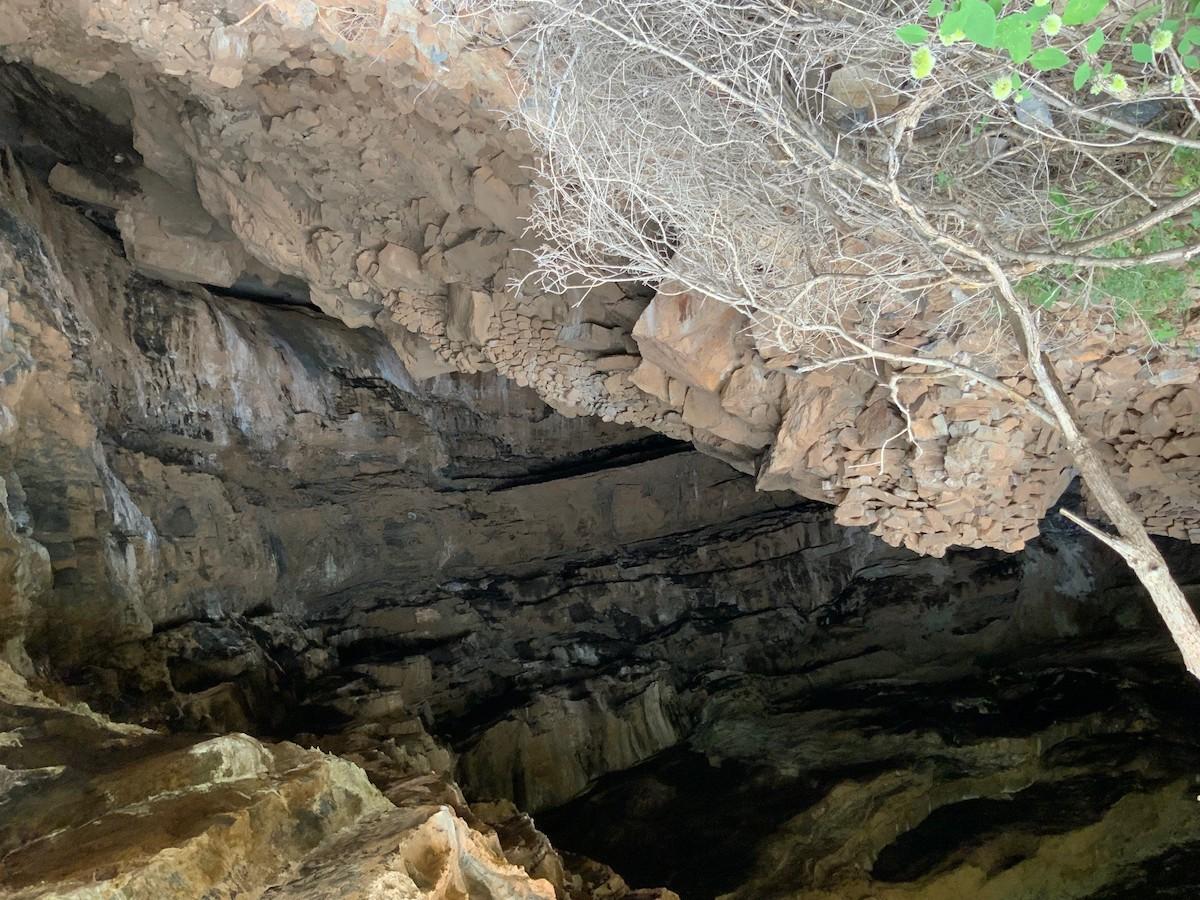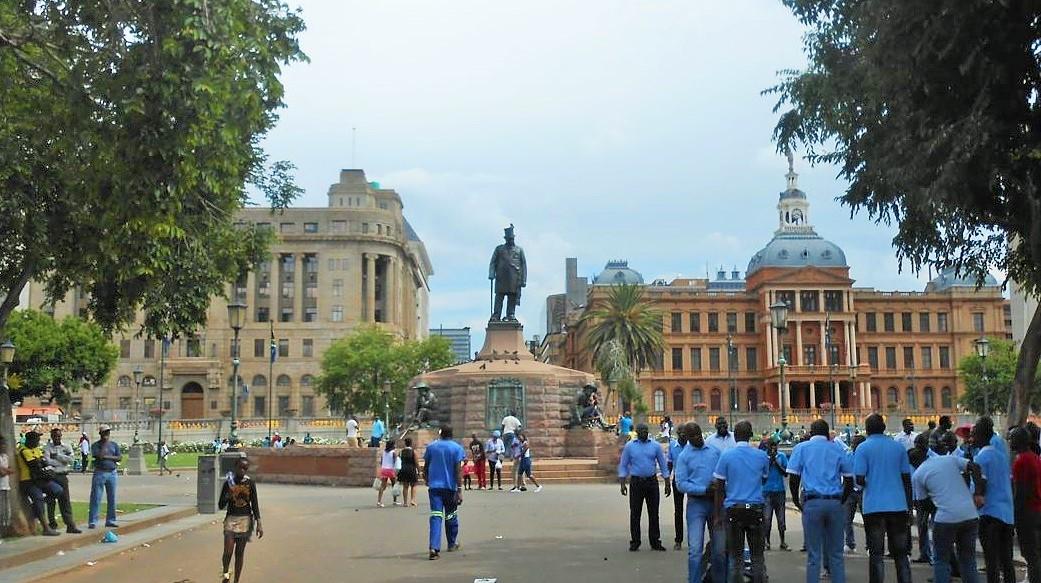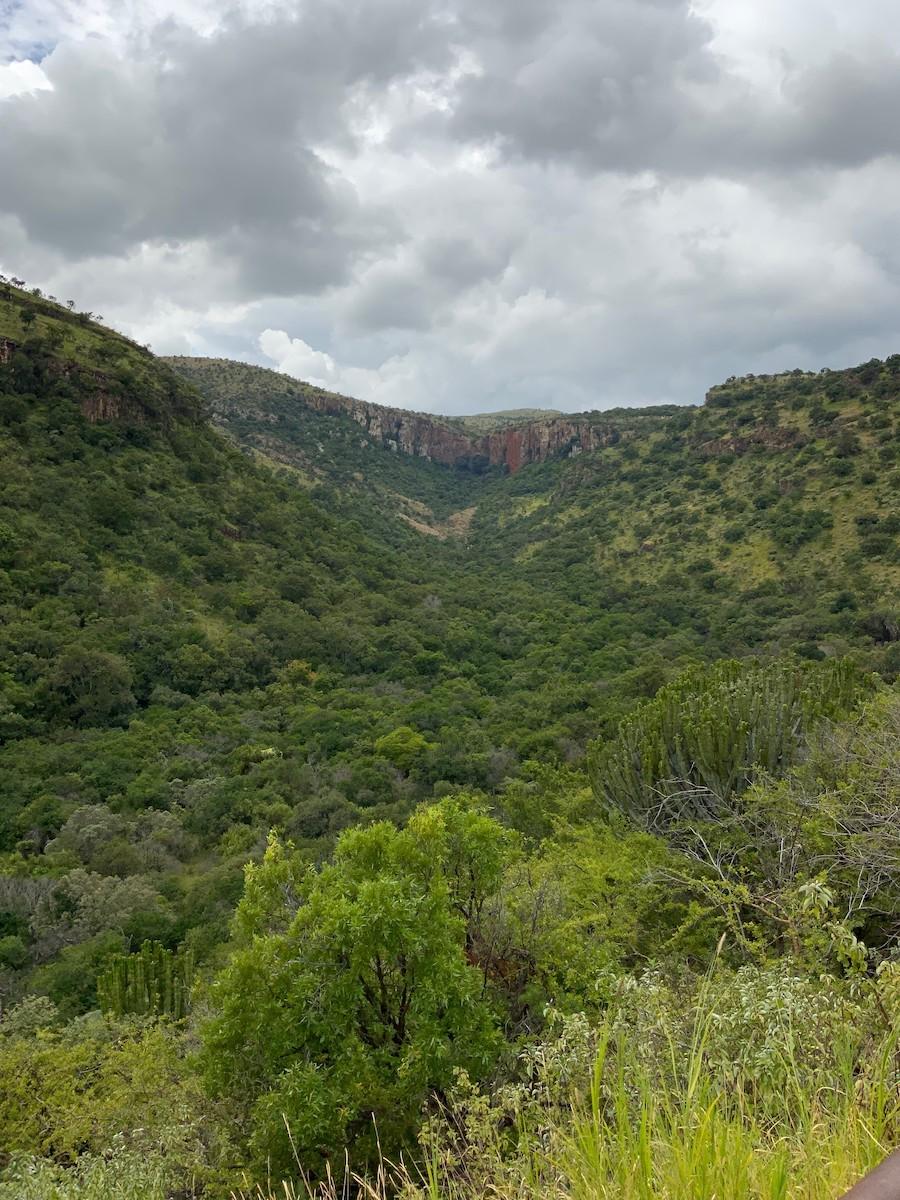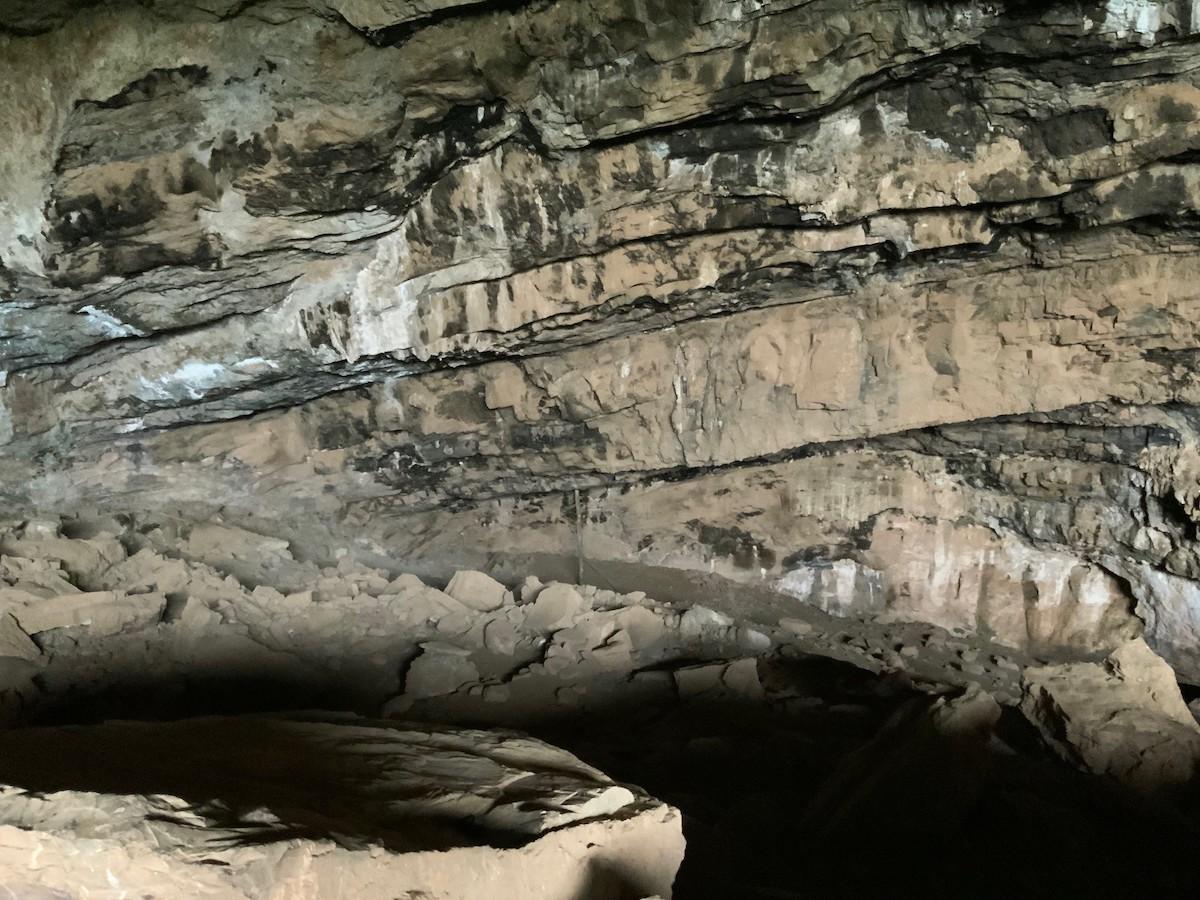
Disclaimer: Any views expressed by individuals and organisations are their own and do not in any way represent the views of The Heritage Portal. If you find any mistakes or historical inaccuracies, please contact the editor.
Historians who specialise in researching early history have learnt to use a wide range of materials from the past as source materials. What are these materials? Where can we find them? Who made them? When? Why? What are the problems with using them? The essays in 'Archives of Times Past: Conversations about South Africa’s Deep History' explore particular sources of evidence on southern Africa’s time before the colonial era. Edited by Cynthia Kros, John Wright, Mbongiseni Buthelezi and Helen Ludlow, these essays are by well-known historians, archaeologists and researchers engaging these questions from a range of perspectives and in illuminating ways. Written from personal experience, they capture how these specialists encountered their archives of knowledge beyond the textbook.
The article below is based on Mandy Esterhuysen’s chapter ‘Digging Historic Cave: An Archaeological and Historical Quest’ in Archives of Times Past: Conversations about South Africa’s Deep History, edited by Cynthia Kros, John Wright, Mbongiseni Buthelezi and Helen Ludlow (Wits University Press, 2022): 199-210. Published by Wits University Press, January 2022. Click here for full details.
It was a story that roused archaeology student Amanda Esterhuysen’s interest. In 1854, in the course of increasing hostilities between Boer settlers from the Cape trying to occupy what would become the Transvaal and its African inhabitants, members of the Kekana section of the Ndebele people were besieged by forces led by Marthinus Pretorius. The commandos blocked all the entrances to a cave in which the Kekana had taken refuge and prevented anybody from escaping. Pretorius later announced that during the three-week siege 3 000 people had died inside the cave, with about 350 surviving women and children finally emerging and surrendering.
As a postgrad, Esterhuysen became familiar with the terrain of Makapan Valley near Mokopane (formerly Potgietersrus) in Limpopo where this tragedy had played out. On field trips, Wits archaeology lecturers took students to the cave, formerly known as Makapansgat and now called Historic Cave or the Cave of Gaxasha/Gwasha, and adjacent caves to examine two-million-year-old fossils. These visits stimulated Esterhuysen into wanting to find out more about the siege and its aftermath. When she started reading about it, she found that the triumphalist Afrikaner nationalist narrative presented the killing of the Kekana as justifiable revenge for an earlier attack on Boer families. This narrative was virtually unquestioned. One of the bronze panels at the base of the statue of Paul Kruger sculpted by Anton van Wouw that, despite some recent objections, still stands in Church Square in Pretoria depicts Kruger as a young commandant enthusiastically participating in the events at Makapan. But what was the Kekana perspective on the siege?
Paul Kruger Statue on Church Square (The Heritage Portal)
Esterhuysen’s interest in this question was increased when she attended a lecture by Wits scholar Isabel Hofmeyr, author of ‘We Spend Our Years as a Tale that Is Told’: Oral Historical Narrative in a South African Chiefdom (1993). Hofmeyr reported that she too had found abundant evidence of the survival of the Afrikaner nationalist narrative, with almost nothing on the siege forthcoming from Kekana elders that she spoke to. Esterhuysen was determined to establish the reasons for this apparently peculiar silence, initially attributing it to the possibility that the Afrikaner nationalist narrative had vastly exaggerated the importance of the siege, including the number of casualties. Faced with what seemed to be the absence of oral histories, she reckoned that the only way of resolving the conundrum was to turn to her chosen field of archaeology. After enrolling as a PhD student, she went about securing permissions, including from the Kekana Royal Council, for excavating Historic Cave. One of the conditions was that she would report her findings to the Council, and return any human remains that she found to the Council for proper burial.
Looking up Historic Cave Valley - red cliffs are black reef quartzite (Mandy Esterhuysen)
Using a non-probabilistic sampling method because of the extensive area of the cave and the partial collapse of the roof, which made some areas dangerous or impossible to excavate, Esterhuysen set about uncovering the story of the siege. It did not take her long to ascertain that different layers of the cultural material in the cave all came from the time of the siege. As her excavation proceeded, she managed to build a detailed picture of the extraordinary subterranean shelter that the Kekana had built. It was clear that they had made provision for the long haul. In Archives of Times Past: Conversations about South Africa’s Deep History, Esterhuysen describes her discoveries as ‘both saddening and exciting’ (p. 205). A large number of people had taken a strategic decision to retreat deep into the cave. There could no longer be any doubt that the siege had ended in tragedy.
Among many other artefacts, Esterhuysen found remnants from a diviner’s kit, which suggested to her that the retreating Kekana may have hoped to be able to summon rain to disable their enemies, and to ensure a supply of dripping water through the cave roof when the supplies they had brought with them were exhausted. But that year the rains came late and the siege continued. Esterhuysen writes in Archives of Times Past, ‘During the excavation, I found bone fragments from about 30 different humans, roughly one human for every square metre excavated. If I had had time to dig the whole cave, I might have recovered the remains of over a thousand people. All the evidence suggests that a large number of people had died in the cave’ (p. 208).
Inside historic Makapan Cave (Mandy Esterhuysen)
The Boers had probably inflated the number of casualties to boost the story of their victory, but Esterhuysen’s calculation still put the number of Kekana deaths at a very high number. She goes on to discuss conjectures as to why Kekana oral histories are largely silent about the siege. But the story did not end, as might be imagined, with the devastating loss of life in 1854. Resistance to the Boers from Kekana and Langa people continued. Only in 1868 was the conflict brought to an end through a negotiated peace settlement. As part of the settlement, the Boer government ordered the release of the people taken prisoner at the end of the siege.
Sadly, factional disputes in the Kekana Royal Council which erupted after the death of the Kgosi in early 2000 have meant that the remains excavated by Esterhuysen could not be buried in accordance with her agreement with the Council. The contending factions have still not decided on the issue.
Amanda Esterhuysen’s PhD (Wits, 2006) is titled, ‘Let the Ancestors Speak: An Archaeological Excavation and Re-evaluation of Events Prior and Pertaining to the 1854 Siege of Mugombane, Limpopo Province, South Africa.’
This article is based on Esterhuysen’s chapter ‘Digging Historic Cave: An Archaeological and Historical Quest’ in Archives of Times Past: Conversations about South Africa’s Deep History, edited by Cynthia Kros, John Wright, Mbongiseni Buthelezi and Helen Ludlow (Wits University Press, 2022): 199-210. Click here for details of the book.
Comments will load below. If for any reason none appear click here for some troubleshooting tips. If you would like to post a comment and need instructions click here.



